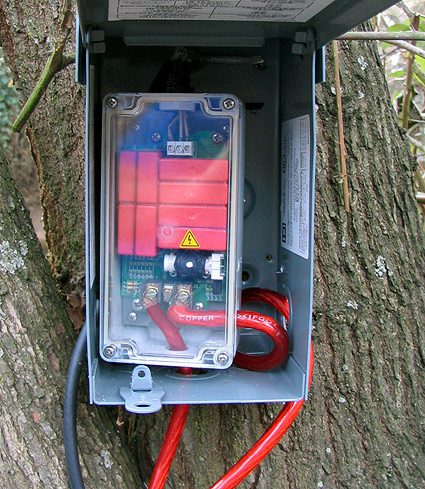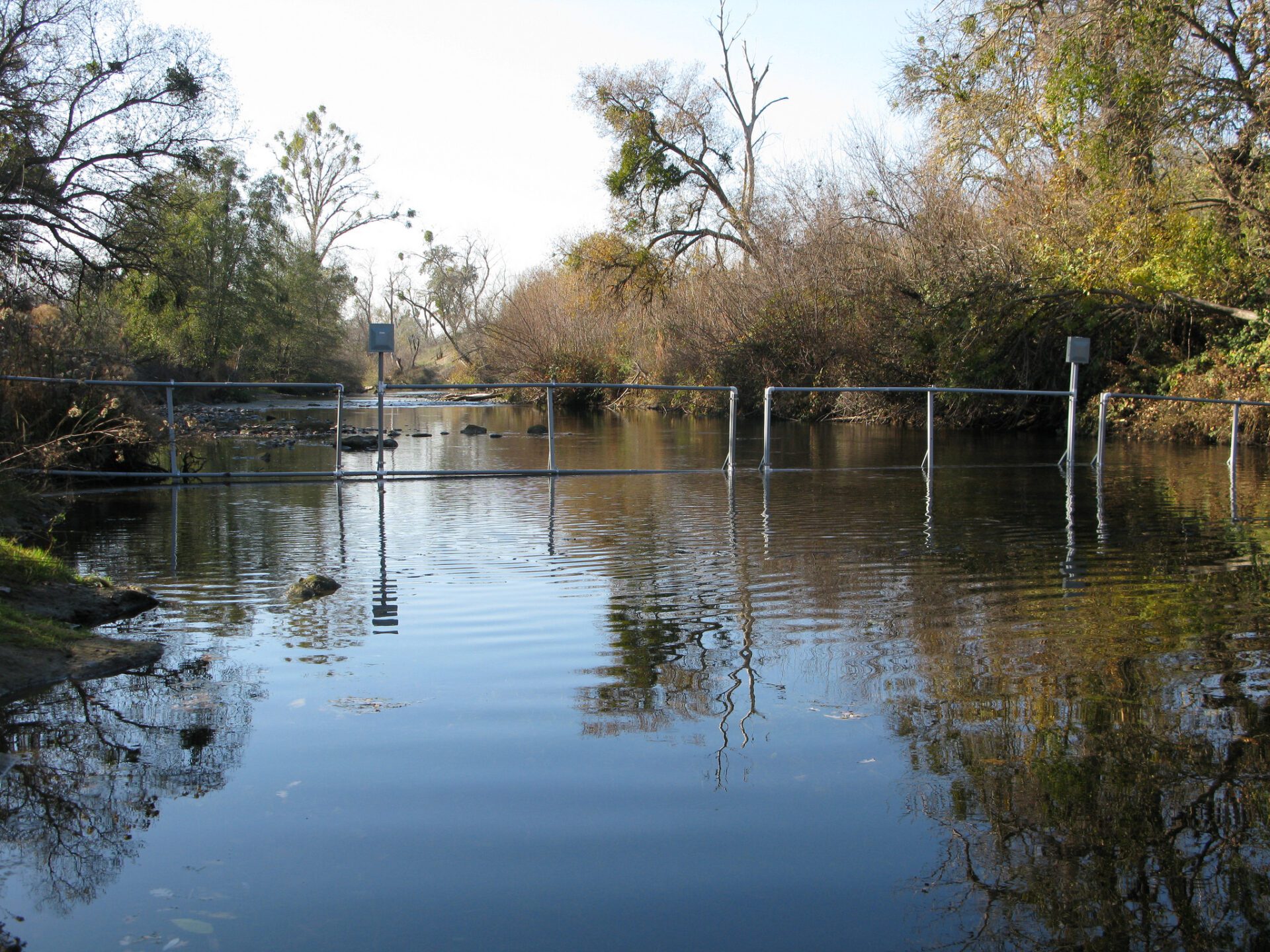Friday November 12, 2010

When it comes to tracking fish, tremendous advances in technology have occurred over the last decade. Passive Integrated Transponder (PIT) tags provide many advantages over traditional methods for marking or tracking fish. A PIT tag is a small radio transponder that contains a specific code, which allows individual fish, as well as amphibians, reptiles, birds and even rocks, to be assigned a unique 10 or 15 digit alphanumeric identification number. Unlike acoustic tags that actively send out a signal, they are “passive” and do not require a battery. Rather than the tag transmitting a signal, the tag scanner (or reader) sends out a radio frequency and when a tag is within range, it will relay the identification code back to the receiver. The lack of a battery is the greatest advantage of the PIT tag since it allows for the production of much smaller tags that can be used on smaller organisms, which will last the life of the fish.

There are two different PIT technologies, full-duplex (FDX) and half-duplex (HDX), to consider when choosing to use PIT tags. Both systems operate at a 134.2 kHz frequency but there are differences in how the tags transmit and are received by an antenna. A FDX system receives and transmits simultaneously as opposed to a HDX system that transmits then receives. FDX antenna receivers continuously emit a magnetic charge field that charges the tag and listens for the tag to transmit an identification code and has a rapid rate of up to 30 reads per second. The HDX antenna receiver stops emitting magnetic charge while listing for a tag transition therefore they have a slower read rate up to 14 reads per second. Because the HDX tags have a capacitor to momentarily store energy the tags transmit a stronger signal resulting in a greater read range. The trade-off however is a larger tag.

Full-duplex tags are smaller (8.5mm X 2.12mm) and can be used with a hypodermic injector to implant tags into salmon as small as 45 mm. The antenna readers for FDX tags have a restricted read range so the tags have to be close to the reader antenna. FDX systems work well for restricted fish passage areas such as fish ladders and pipes. Antennas are expensive and it is not recommended that you construct your own FDX antenna because of the effects of noise and vibration interference with antenna function.
Half-duplex tags have been larger (23 x 3.8 mm) and usually require surgically implanting into salmonids at least 80 mm in length but recently a smaller 13 mm tag has come on the market (Oregon RFID) but have a smaller read range than the 23 mm and 32 mm tags. HDX antennas can be self constructed to meet the application needs and are better suited for stream-width monitoring systems. Larger antennas with greater read ranges can be achieved with HDX systems and they don’t have the same interference issues that the FDX systems. Because these systems can operate on 12-24 volts DC power they are ideal for remote applications running off batteries or solar power.
